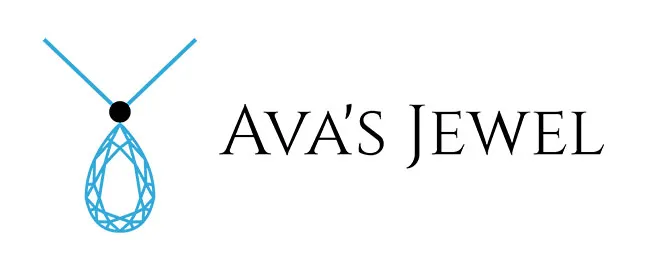
Defining a Mineraloid
Mineraloids are naturally occurring, inorganic substances that lack an internal crystalline structure. Put another way, they have not formed any crystals during their development. Crystals are the essence of minerals, which are solids that possess internal order; that is, they’re made up of an arrangement of atoms that are highly ordered and repeating. However, not all solids are like this. Those that lack any kind of internal structure—any sort of order—are called amorphous, which means “without form.” Unlike crystals, which are a signature of minerals, a mineraloid is something you might encounter in undisturbed nature.
Common Examples of Mineraloids
Obsidian, opal, amber, tektites (moldavite), shungite, and pearl are some well-known mineraloids. Appearance alone can make it hard to tell apart a mineraloid from a mineral because both can share like-looking appearances—colour, lustre, texture. The term ‘amorphous’ often is substituted for ‘mineraloid’; however, the two words have different meanings. Amorphous refers to any substance that lacks a clear structure. In contrast, mineraloid is a term used to describe naturally occurring, structure-less substances that are like minerals but not quite there.
Amorphous vs Mineraloid: Key Differences
A mineraloid is a substance that occurs naturally and has the appearance of a mineral but lacks a crystalline structure. “Amorphous” is a broader term that applies to any material, whether natural or synthetic, that is not crystalline. In many different scientific fields, the term “amorphous” is used to describe (and sometimes to deride) a substance that lacks any particular order to its atomic structure, the only order being that the atoms are not in a repeat pattern, which is the very definition of a mineral.
Etymology of “Amorphous”
The word “amorphous” is derived from the Greek “a,” which means “without” or “not,” and “morphē,” which means “form” or “shape.” Together “a” and “morphe” give us “amorphos,” which translates to “without form” or “shapeless.”
